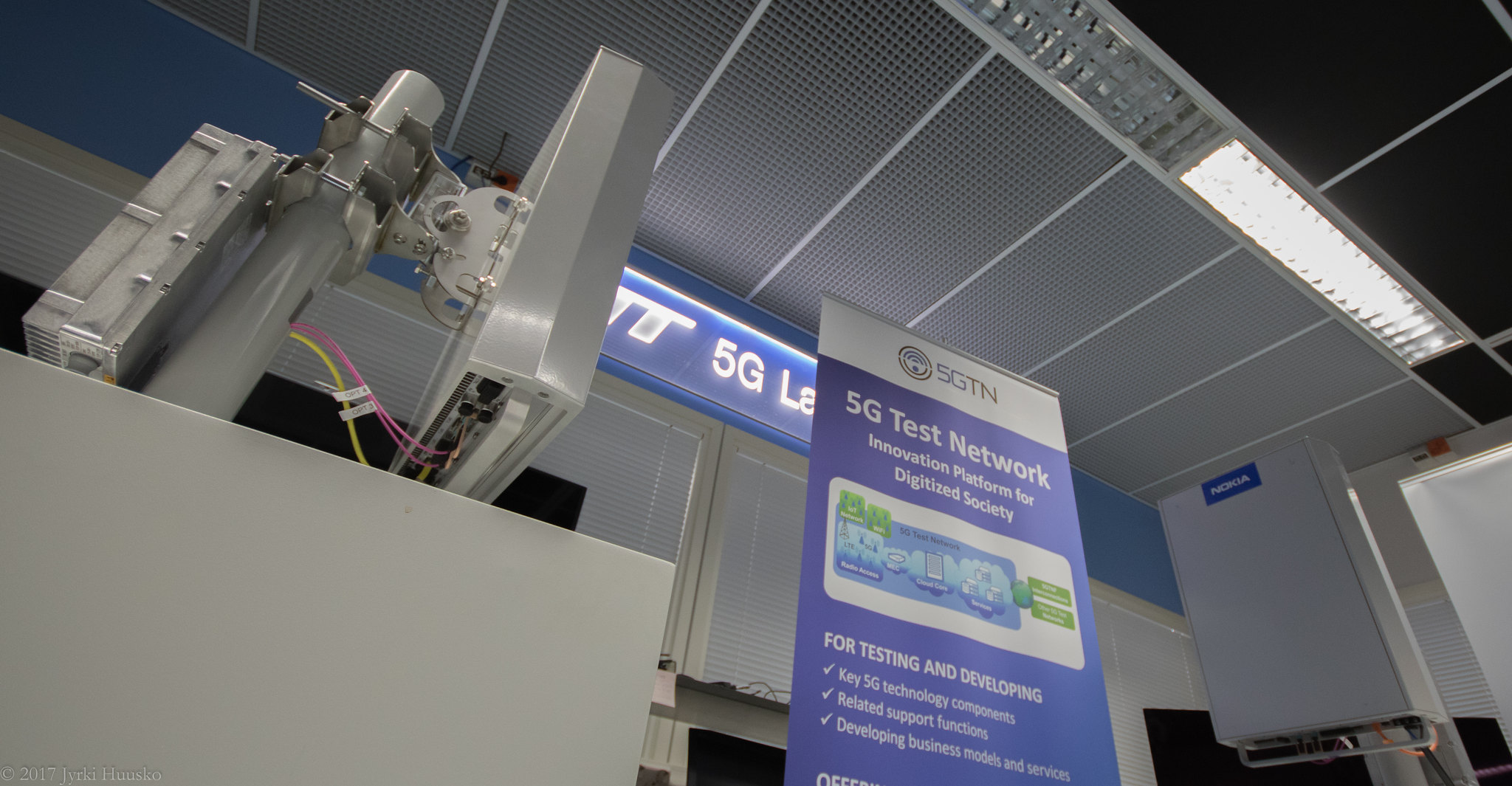As wireless communications technologies become more efficient, they also become more pervasive. The energy consumption of “wireless cloud-based-computing” — data transmitted wirelessly — is immense and growing rapidly with the increased use of expanding wireless networks. The Centre for Energy-Efficient Telecommunications (CEET) estimated that energy consumption of the “wireless cloud” from 2012 to 2015 increased by 460 per cent, the equivalent of putting 4.9 million new cars on the road. Wireless access networks (Wi-Fi and mobile wireless broadband) were responsible for approximately 90 per cent of this energy consumption compared to data centres which were only responsible for 9 per cent.
The implementation of the next generation of wireless mobile communication technology — 5G — will bring about energy consumption of the cloud that is tens to hundreds times more than existing wireless technology consumes today. As more and more devices are wirelessly connected to the “internet of things,” any systematic efficiencies achieved are cancelled out by the increasing volume of traffic. A “tsunami of data” is predicted to use up to 20 per cent of the world’s electricity and emit up to 5.5 per cent of the world’s carbon emissions by 2025.
At a time when most governments around the world agree that we should transition off fossil fuels it’s important to be aware that the global communications business plan will result in massively increased energy use.
The energy required to manufacture new devices and gadgets is far more than the devices themselves use in their lifespan. The planned obsolescence of new 5G technologies will waste precious resources and create unfathomable waste as everything from baby diapers to toothbrushes become wirelessly enabled. This could further impede efforts to address the climate crisis. We need to consciously design and choose technologies which reduce the e-waste problem, are more future-proof and upgradeable.
There are solutions available. Wired fibre-to-the-premises (FTTP) networks are far more efficient than wireless networks. They are also more future-proof and resilient in the face of extreme weather. Frank Clegg, former president of Microsoft Canada, agrees. In the introduction of “Re-Inventing Wires: The Future of Landlines and Networks,” Clegg says that there are “indisputable technical, economic, and sustainability reasons why wired technologies portend the best and highest future.”
So what should our policy makers do? Here are some suggestions:
- Municipalities should invest in building or expanding fibre-optic networks and offer affordable, super-fast, secure Internet access to every home and business.
- Broadband networks should be community-owned — relying on public investment and control rather than private investment and control in order to prevent the conflicts of interest in the provision of basic needs.
- Do not invest in risky, energy-guzzling 5G wireless networks. The benefits of 5G can be provided through fibre-optic connections combined with the current mobile infrastructure.
- Minimize use of wireless in Internet access networks; use wired connections as much as possible.
- Educate the public about digital energy footprints and wireless technology risks, and incentivize reductions and sustainable choices.
The FTTP solution also provides consumer choice. There are a growing number of people who have immediate, debilitating health effects from the wireless radiation already in our environment. If 5G is allowed to proliferate by adding millions of new “small-cell antennas” throughout our communities, there are people with electrohypersensitivity (EHS) who will become environmental refugees. In fact severe EHS sufferers are already refugees, fleeing to communities such as Green Bank, West Virginia, a radio quiet zone, as documented in this short film. EHS is now recognized in the International Classification of Diseases and is recognized as a disability under Canadian human rights. While generations 1G to 4G are already a serious problem for some, 5G will add to the electrosmog and make it much worse. We cannot proceed knowing people will be excluded from society.
There is also growing awareness of the large body of scientific evidence that wireless radiation has many other health effects such as insomnia, infertility, and cancer. A recent $25-million U.S. government-funded study by the National Toxicology Program found “clear evidence” of cancer from cell phone radiation. Results were released in 2018. It may be the first time in history that the government is ignoring its own science in favour of the industry mantra that there is no harm from wireless radiation, making a mockery of the government’s own testing standards.
Swiss Re, one of the world’s leading insurers, lists “the spread of 5G networks” as one of the top five emerging risks in its SONAR 2019 report citing possible negative health effects and privacy and security risks. This should signal to policy makers and politicians that the liability for 5G networks is huge.
Let’s insist that our politicians and policy makers go in the right direction. Right now, we are being oversold on promises by corporations which stand to profit enormously from our data and our addiction to technology. In the face of the climate crisis and unknown health and privacy consequences, we simply cannot afford to make the wrong choices with respect to our communications networks. Truly smart cities are wired cities.
Andrea Loken is a climate change activist, union leader and spokesperson for Kingstonians for Safe Technology (website: K4ST.ca, Twitter: @Kingston4ST, Facebook: Kingstonians for Safe Technology).
Image: Jyrki Huusko/Flickr



